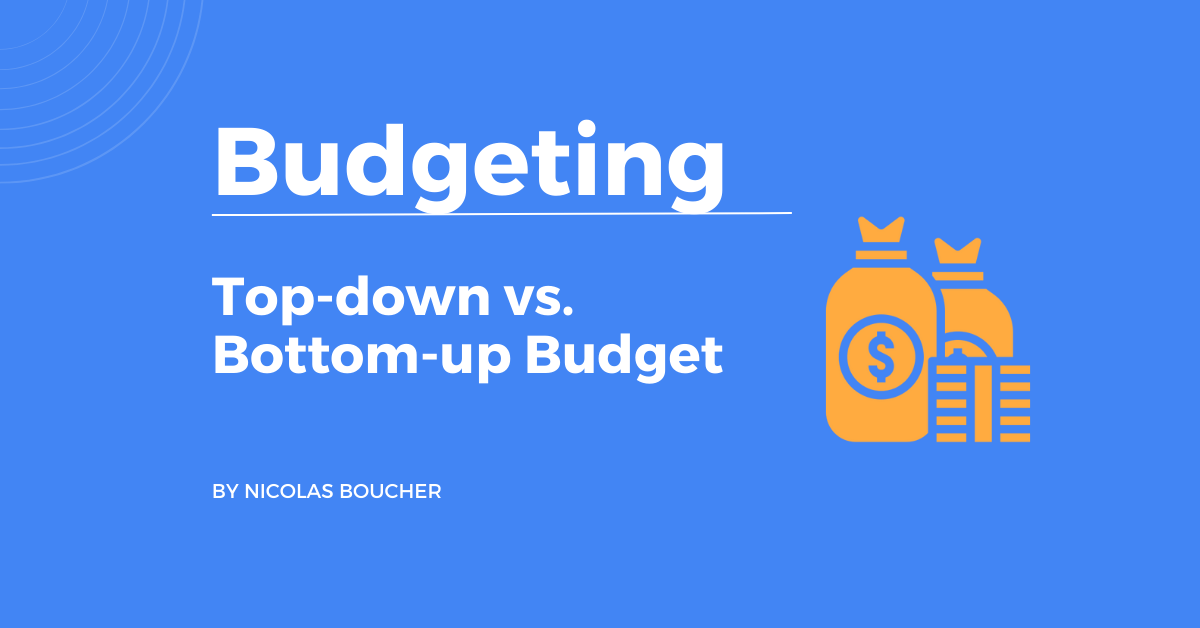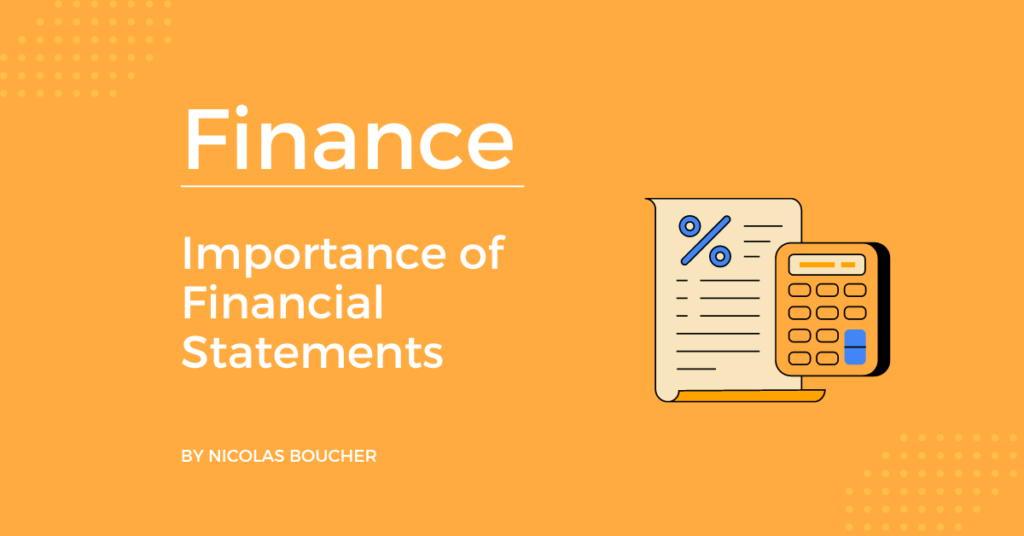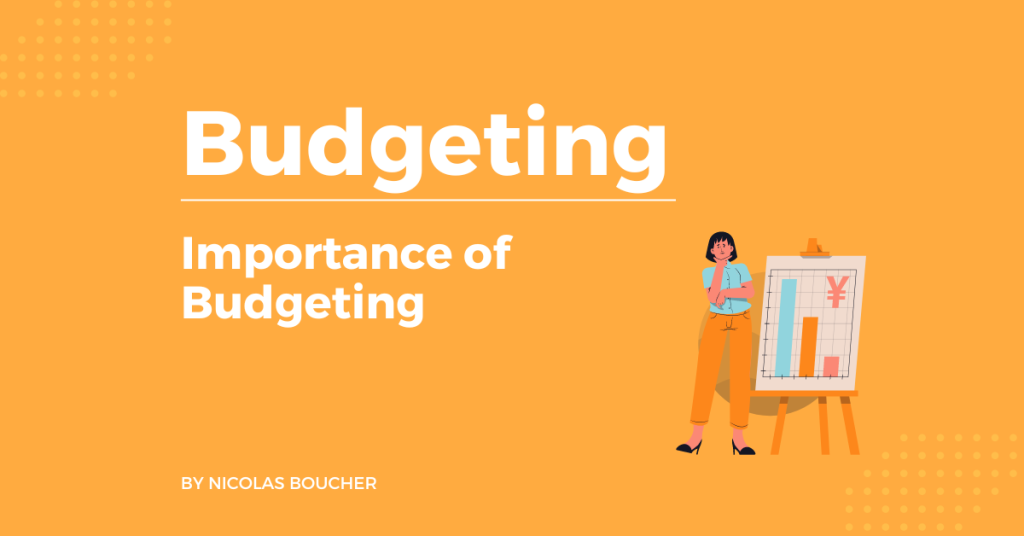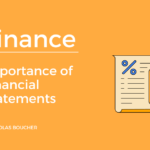Do you use the top-down and bottom-up budgeting methods?
As a finance professional, you understand the importance of budgeting for any organization.
Budgeting helps in the planning and management of financial resources to achieve the set objectives.
However, the approach used in budgeting can vary depending on the organization’s culture and strategy.
In this blog post, we will discuss the differences between top-down and bottom-up budgeting, their pros and cons, and when to use each approach.
Table of Contents
Definitions of Top-Down and Bottom-Up
Top-down budgeting is a centralized approach where upper management sets financial goals and focuses on high-level planning and the big picture.
Also, it is quick and efficient but may not be feasible for individual departments.
On the other hand, bottom-up budgeting is a departmental or business unit approach where each unit sets financial goals and focuses on detailed planning at its level. This approach can create greater buy-in and ownership, but it can be time-consuming.
Pros and Cons
Here are the advantages and disadvantages of top-down and bottom-up budgeting methods.
Top-Down Budgeting
Pros:
- Promotes consistency in financial goals
- Quick and efficient to implement
- Provides high-level overview
- Linked to strategy
Cons:
- Risk of not taking into account specific departmental or operational needs
- Low buy-in and ownership from lower-level employees
Bottom-Up Budgeting
Pros:
- Allows for input and buy-in from lower-level employees
- Takes into account specific departmental or operational needs
- Creates a sense of ownership in the organization
- Detailed budgeting
Cons:
- Time-consuming and resource-intensive
- This can lead to inconsistencies in financial goals across departments or business units
- Disconnect from the strategy of the company
How to Use The Budget Methods?
Top-down budgeting can be used to set overall financial goals and KPIs for the organization.
It is also suitable for strategic planning, such as entering a new market or launching a new product.
However, it’s important to ensure that upper management considers departmental or operational needs to avoid creating a disconnect between the budget and actual operations.
First, to use bottom-up budgeting effectively, start by defining specific metrics for each department or business unit.
Moreover, this approach can also be used when there is a historical track of positive financial results, and the budgeting process is working well.
It’s essential to ensure that all levels of employees in the organization understand the long-term goals and expectations from management to achieve buy-in and ownership.
Furthermore, the right planning tools, such as collaboration and consolidation, can also help in ensuring a single source of truth.
Additionally, you can nhance your finance and productivity skills with ChatGPT. Claim the comprehensive guide now and start you professional growth.
When to Use Them?
Here is when you can use top-down and bottom-up budgeting methods.
Top-Down Budgeting
- Overall organization top and bottom-up KPIs (Sales, EBIT, Cash)
- Strategic topics (new location, new product, shift in culture)
- Change of management
- Crisis situation
- The organization lacks experience with budgeting
- Lack of planning tool
Bottom-Up Budgeting
- Detailed metrics (standard costs, sales per product, department costs…)
- Historical track of positive financial results
- Budgeting process is working well, and the whole organization understands and participates professionally in the budget
- Needs the buy-in of all levels of employees in the organization
- Right planning tools (offering collaboration, consolidation, and single source of truth)
The Bottom Line – Top-Down and Bottom-Up Can Give You Advantage
The choice between top-down and bottom-up budgeting depends on the company’s goals, operations, and culture.
But, a combination of both methods is actually the best way to budget. You can take advantage of the strengths of each approach.
However, make sure you don’t let the weaknesses of each method outweigh the strengths.
If you decide to use some components of bottom-up budgeting, make sure all departments have a good understanding of the long-term goals and the expectations from management.
Finally, do you have what it takes to be an effective finance professional in the next ten years? Get my course today and get on the right path toward achieving your goal!











